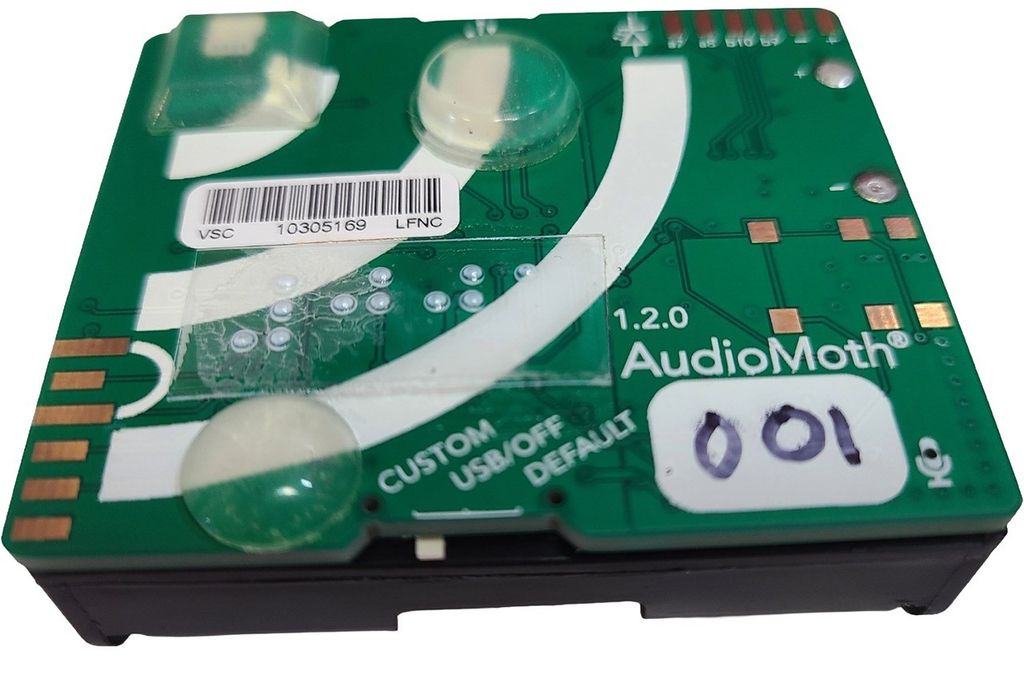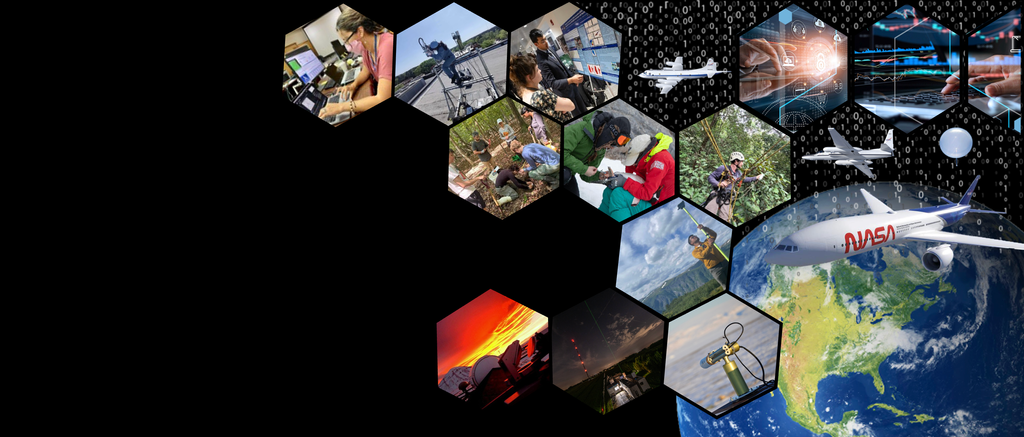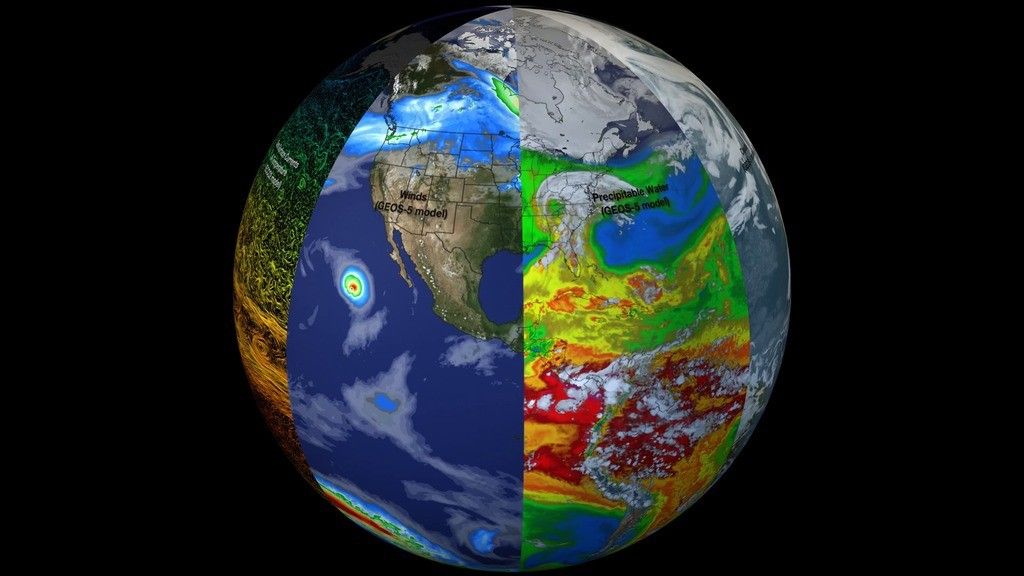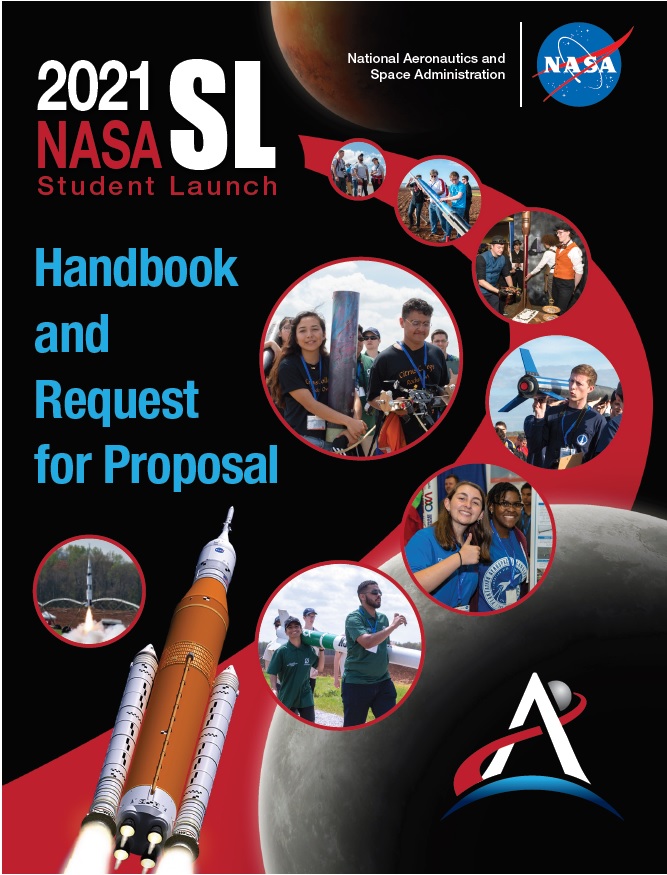It actually IS rocket science for the student participants in NASA’s Student Launch competition – one of seven NASA Artemis Student Challenges.
Every year, NASA challenges middle school, high school, college, and university students from around the United States to design, build, test, and then fly and land a high-powered amateur rocket to at least 3,500 feet above the ground. In order to compete, interested teams must submit a proposal to the NASA Student Launch program by 3 p.m. CDT Sept. 21. Selected teams will be announced in early October.
Each year the challenge is a little different, and this year’s changes – which include a new payload mission for the college/university division, and provisions established due to the coronavirus (COVID-19) pandemic – were unveiled in the Student Launch handbook Aug. 19.
“We are excited for another year of NASA Student Launch and cannot wait to see how the teams tackle the new payload challenge and take their rockets to the next level,” said Fred Kepner, an education specialist and lead for Student Launch at NASA’s Marshall Space Flight Center in Huntsville, Alabama. Marshall hosts Student Launch for the agency. “We are hopeful we will be able to hold the in-person activities here in Huntsville in April, but we have developed contingencies so regardless of the pandemic situation, we can still hold the competition and engage with the Artemis Generation.”
Notable Changes
- Teams are permitted to use multiple connections to attend all milestone review sessions, including the preliminary design, critical design, and flight readiness reviews. This alleviates the need for all team members to be in the same room or location during their presentations to the NASA review panel.
- Teams will not be required to travel to Huntsville in April to complete the project and compete. Teams that are unable to travel and participate in the Launch Week activities in person will be permitted to complete their competition launch at a National Association of Rocketry or Tripoli Rocket Association-sanctioned launch in their local area.
- The college/university division’s payload mission is a lander that deploys from the rocket during descent. The lander must land upright or contain a system to upright itself. The lander must level itself to within 5 degrees of flat, and then take a 360-degree panoramic image of the location and transmit the image back to the team.
Teams in the middle/high school division can choose the college/university division payload, or they can propose their own scientific or engineering experiment to perform. Middle school and high school teams must also meet specific eligibility requirements – outlined in the handbook – to propose and compete.
NASA Student Launch rockets must fly between 3,500 and 5,500 feet above ground level. The young rocketeers are challenged to “call their shot” and predict their rocket’s altitude months in advance of competition launch day using rocketry principles and computer simulations. Referred to as their “target altitude,” teams can tailor their altitude to maximize the return of scientific value from their payload, just like NASA teams target specific altitudes for their own missions.
The team in each division that comes closest to their target altitude wins the category award. In 2019, the college division winner was just 12 feet off their target, and in 2020, the middle/high school division winner missed their target by 7 feet.
The eight-month Student Launch program begins with the release of the handbook, and requires the Artemis Generation students to meet multiple documentation and presentation milestones with NASA rocketry experts. Teams must also perform education and outreach events to engage with the public and teach and inspire the next generation. Additionally, each team must establish and maintain a social media presence, where they tell their own unique stories. The program ends in April when teams submit their post-launch assessment review.
For 20 years, Student Launch has provided a realistic experience to students that resembles the development, test, and operational lifecycle NASA and industry engineers use when developing and operating new hardware.
Marshall’s Office of STEM Engagement manages Student Launch to stimulate innovation and advance NASA’s mission through collaboration with educational institutions and students – the next-generation that will help NASA explore the Moon and travel even farther to Mars. It also furthers NASA’s goal of attracting and encouraging students to pursue degrees and careers in the STEM fields. NASA’s Human Exploration and Operations Mission Directorate and the Office of STEM Engagement, as well as Northrop Grumman and the Huntsville chapter of the National Space Club, provide funding and leadership for the initiative.
For more information about NASA’s Student Launch, visit:
https://www.nasa.gov/education/studentlaunch
For more information about NASA’s Artemis Student Challenges, visit:































